FIX: WSL Not Working After Upgrading to Windows 11
WSL, which is a Windows Subsystem for Linux, has been not working for users right after they upgrade to Windows 11. According to users, it crashes when they try to launch it.

We had a look into the issue, and discovered that this problem can be caused by a number of reasons:
- WSL is disabled – the WSL feature should be enabled in the Windows features dialog for you to use it. There are times when an update disables this feature automatically, causing the issue at hand to occur.
- The virtual machine is disabled – like WSL, the virtual machine feature should also be enabled in the system for you to switch to another os in Windows. If this feature is disabled, you can enable it manually to resolve the problem.
- Corrupt Linux app installation – the installation file of the Linux app (Ubuntu) might be corrupt or faulty, preventing you from using WSL. In this case, you can either repair the application or reinstall it to resolve the issue.
- Malware – your Windows system may be dealing with a corruption error or malware, which is causing certain features and applications to act up. If this scenario is applicable, you can run a malware scan to identify the issue and resolve it.
- Faulty update – In case you started facing the error after installing a system update, then there is a chance that the faulty update is the culprit. Fortunately, Windows offers a way to uninstall the updates, so you can remove the update from your system and see if that makes any difference.
Now that we know about the potential causes behind the issue, let’s have a look at the troubleshooting methods that worked for other affected users. Hopefully, they will help you fix the issue for good as well. However, before you proceed with the methods, make sure you are logged in as an administrator in the system.
1. Enable WSL in Windows Features
Let’s start with the most effective solution in cases of errors such as this one.
In the majority of cases, the users were unable to use WSL because the feature automatically got disabled when they upgraded to Windows 11. The solution in this case is simple, as all that you need to do is enable the feature back manually.
Here is how you can do that:
- Launch Windows search via taskbar, and type Turn Windows features on or off.
- Click Open from the list of options available.
- In the following dialog, locate Windows Subsystem for Linux and checkmark the box associated with it.

Enable Windows subsystem for Linux - Click OK to save the changes.
Alternatively, you can also use Windows Powershell to make these changes. If the steps mentioned above have not worked for you, then follow the ones below:
- Type Windows Powershell in the search area of the taskbar and click on Run as administrator.
- In the following window, type the command mentioned below and click Enter to execute it.
Enable-WindowsOptionalFeature -Online -FeatureName Microsoft-Windows-Subsystem-Linux
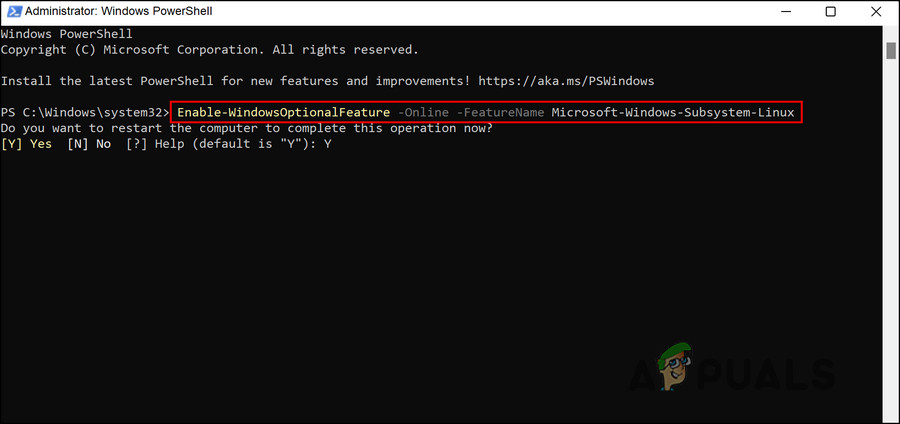
Enable Windows subsystem for linux - Once the command is executed, restart your PC. Upon reboot, the feature should be enabled.
If the feature was disabled, then enabling it should fix the problem. However, if the feature was already enabled, then move to the next troubleshooting method below.
2. Enable VM in Windows Features
For any of the subsystems to work in Windows, the virtual machine on your system should be working properly. Virtual machines are used to run multiple operating systems simultaneously on the same hardware. If we did not have virtualization, we would need two separate physical units to run Windows and Linux.
If the WSL feature was already enabled on the system, then the next thing that you need to do is check if VM is enabled. The steps for this are quite similar to the ones we listed above:
- Type Turn Windows features on or off in the search area of taskbar and click Open.
- Now, locate Virtual Machine Platform in the following dialog and checkmark the checkbox associated with it to enable it.
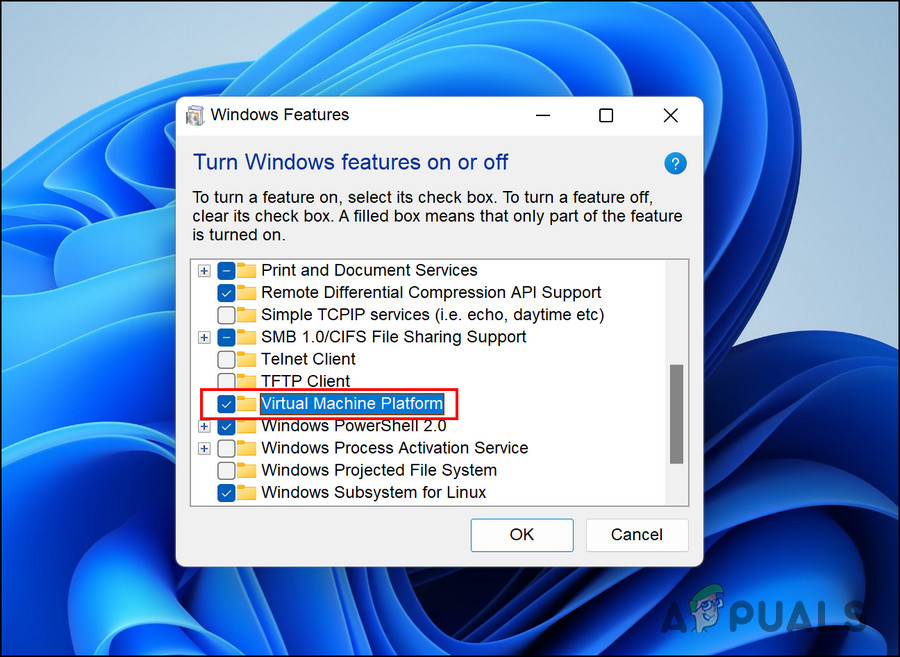
Enable the Virtual machine platform - While you are at it, we also recommend enabling Hyper-V in the same window. Hyper-V helps create a virtual environment in the system.
Once done, close the Windows features dialog and check if you can now use WSL without any problems.
3. Use the Microsoft Store to Launch WSL
You might also not be able to use WSL because of a temporary glitch within the installed application. In this case, you can try launching the app from the Microsoft Store instead of opening it directly.
This may sound too simple to work but since it worked for several other users, we recommend you give it a shot.
Here is what you need to do:
- Launch Microsoft Store and head over to the My Library section in the bottom left corner.
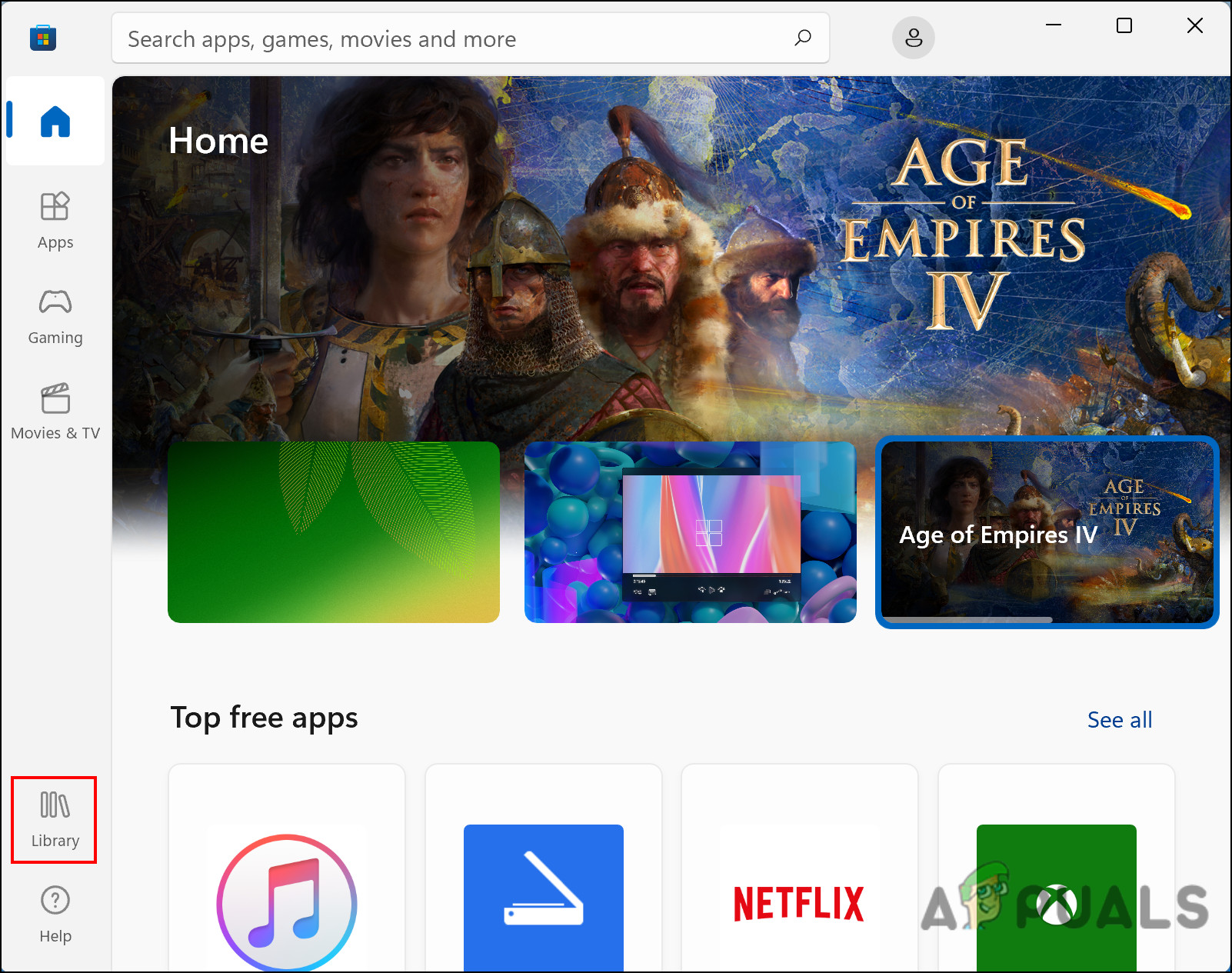
Click on the Library icon - In the list of apps available, look for your Linux distribution app and launch it.
If you are still not able to launch the application, proceed with the next method below.
4. Repair or Reinstall the Linux Distribution App
Your Linux distribution app may be dealing with a corrupt error or simply might be outdated, which is preventing you from using it properly.
To check if this is the issue, you can first try repairing the application and see if that makes any difference. If the error persists, then you can uninstall the app and reinstall it from scratch. This will fix any corruption issues within the app that may be causing the problem.
Follow these steps to proceed:
- Press Win + I to open the Settings app.
- Choose Apps from the left pane.
- Click on Apps & features in the right side of the window.
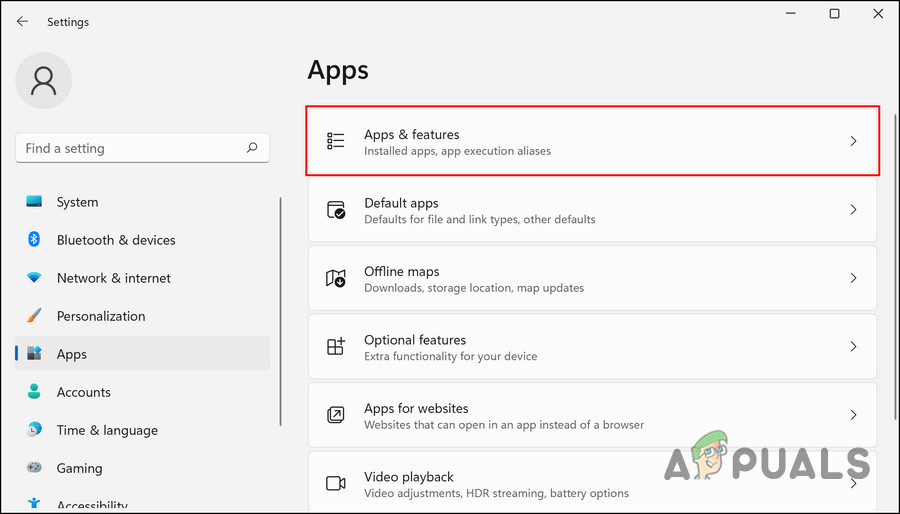
Click on Apps & features in the right pane - In the following window, scroll down to locate your Linux distribution app.
- Click on the three dots associated with it and choose Advanced options.
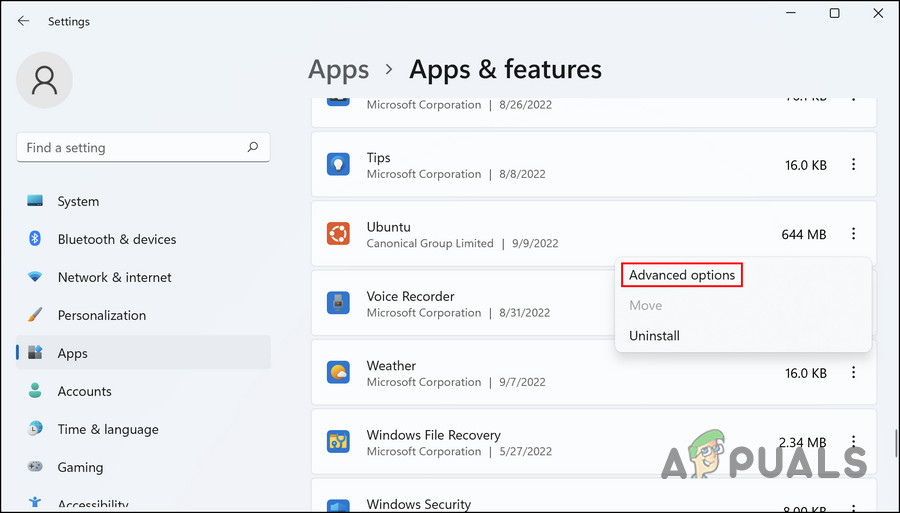
Click on Advanced options - Next, head over to the Reset section and click on the Repair button there.
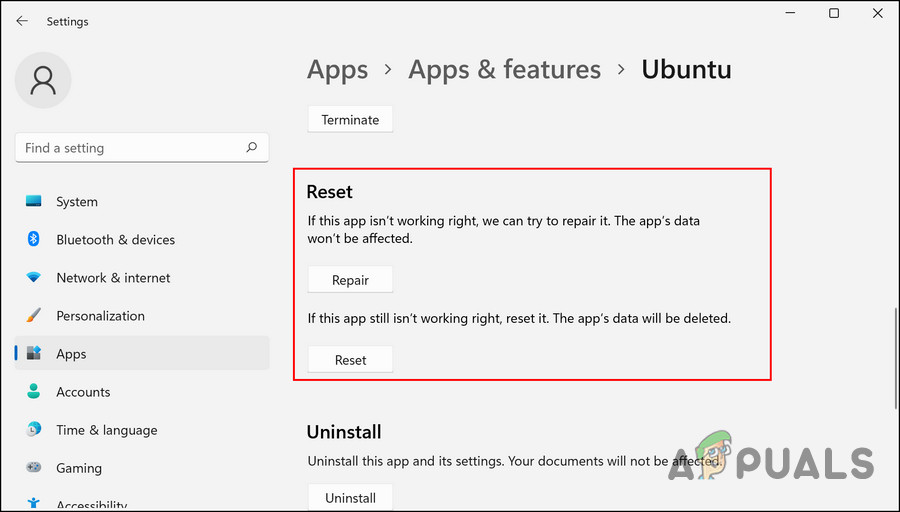
Click on the Repair button - Follow the on-screen instructions to proceed and wait for the action to be completed.
Once the process completes, check if you can use WSL now. If not, then follow the steps below to uninstall the application:
- Follow steps 1-4 again.
- Click on the three dots associated with the app and choose Uninstall from the context menu.
- Follow the on-screen instructions to proceed.
Once the app is uninstalled, reinstall the latest version and then check if that fixes the problem.
5. Uninstall Updates
If you started encountering the problem right after installing a pending system update, then there is a good chance that the update was faulty. It is not uncommon for Windows users to encounter issues due to corrupt updates.
The best way to counter this problem is by uninstalling the update via Control Panel.
Here is how you can do that:
- Type Control Panel in Windows search and click Open.
- Choose View installed updates.
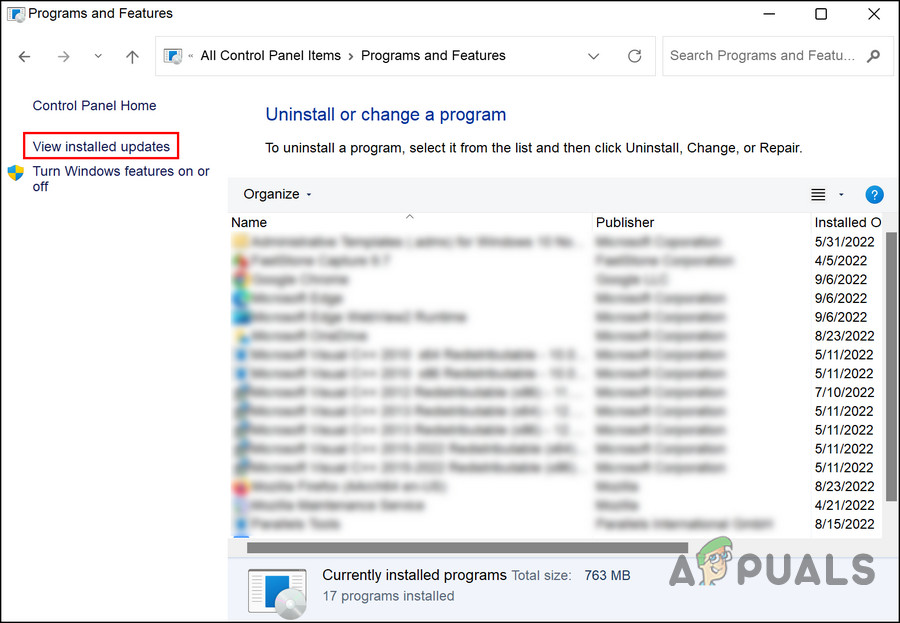
View the installed updates - In the following window, you should see a list of all the installed updates in Windows. Right-click on the problematic one and choose Uninstall.

Hit the Uninstall button
6. Run a Malware Scan
Finally, the last method on our list is performing a malware scan.
Your system may be dealing with a virus or malware that is causing certain components and features to act up. In such a situation, Windows Defender’s malware scan is the most effective solution.
Here is how you can run a complete system scan for malware using Defender:
- Type Windows Security in Windows search and click Open.
- Choose Virus & threat protection from the left pane.

Access Virus & threat protection settings - Move to the right side of the window, and click on the Scan options hyperlink.
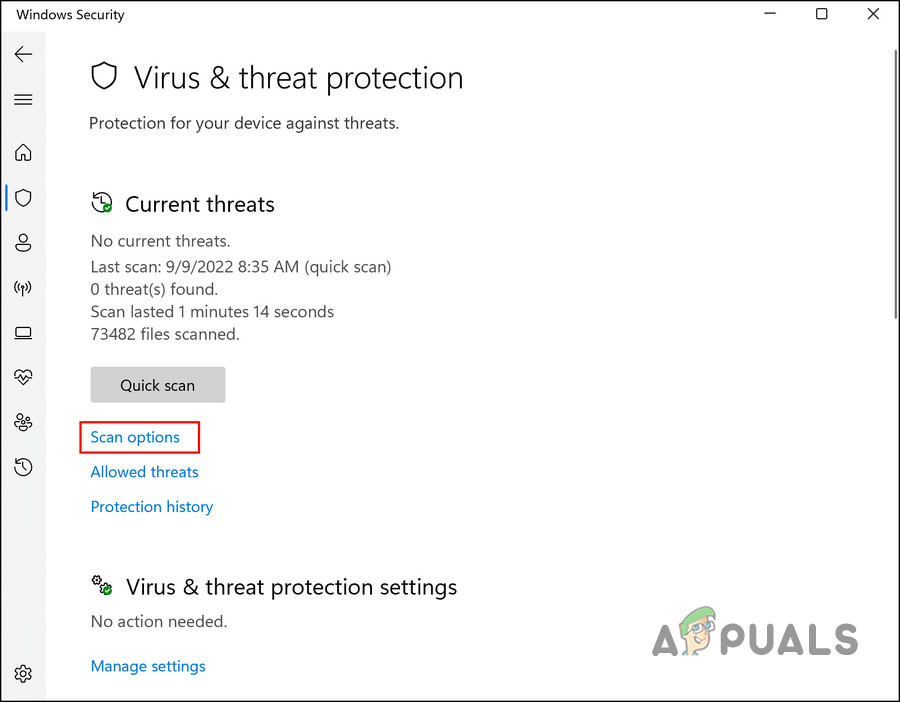
Click on Scan options - Click on Full Scan > Scan now.
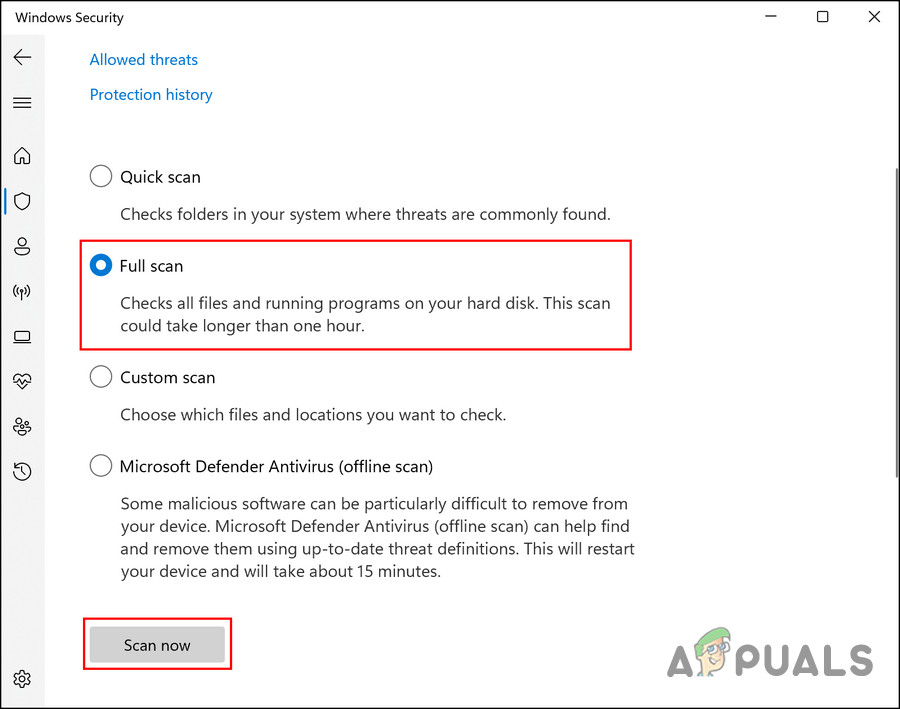
Perform the scan
Now, wait for the scan to complete, and once done, try using WSL again.





